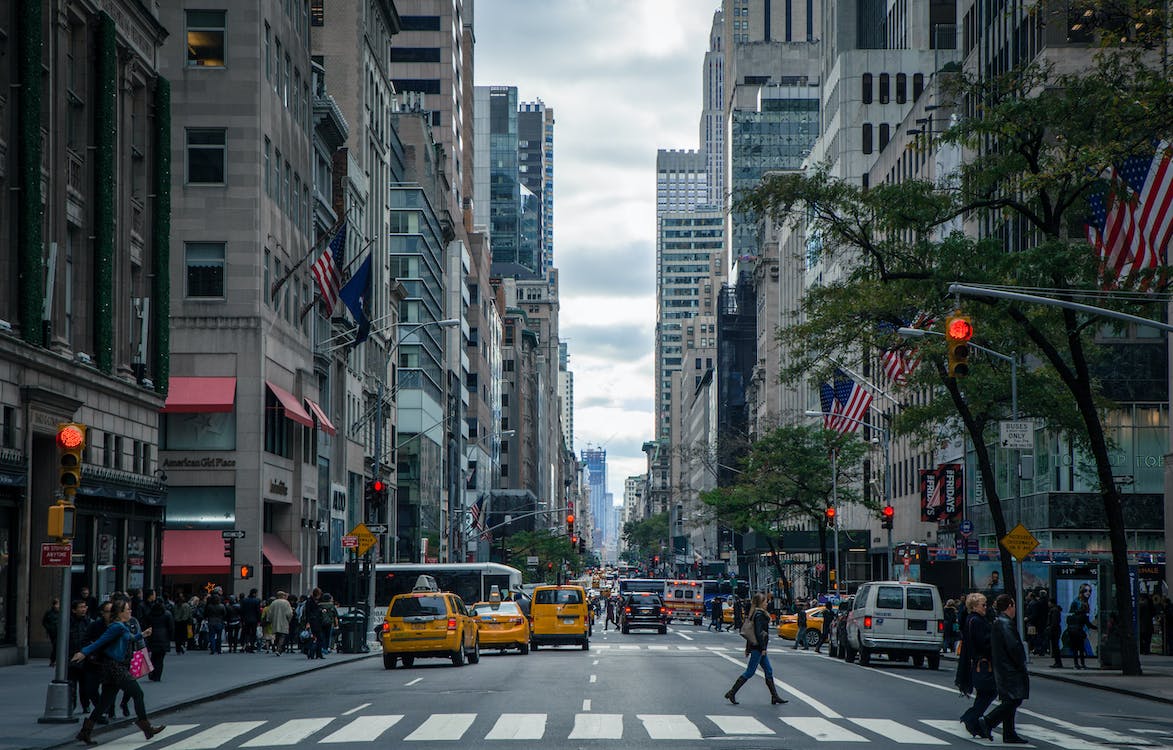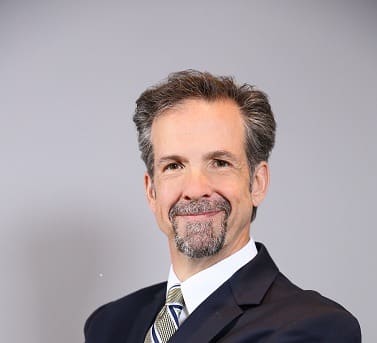Why Baltimore Injury Lawyers Believe Baltimore Car Accidents Occur In Intersections.

The assumption that most Baltimore car accidents- at least those involving serious personal injury,-occur in or near intersections, has a certain logical appeal. It makes sense. Baltimore’s intersections are the arenas where motorists interact with each other, at speed, in moving machines. The idea that here is where many injury-causing wrecks occur seems intuitive, unlike another oft-discussed statistic. Injury and accident attorneys are no doubt well-versed in the studies and literature showing most car accidents occur close to home, and this is backed up by numerous anecdotes and statistics. Intuitively, one would think that accidents would be more likely away from home, in unfamiliar territory. The numbers show otherwise.
Here’s a breakdown of where Baltimore motor vehicle accidents typically occur:
Close to Home: As noted, according to various reports, the majority of car accidents happen within just a few miles of the driver’s home. This is because drivers are often on auto-pilot in familiar surroundings or might become complacent because they feel they are almost home. Keep in mind that what is your Baltimore “home” to you, might not be to other motorists.
Parking Lots: This also has some logical appeal. While parking lot accidents are typically less severe, they are quite common. The typical insurance response is that it if it is a parking lot case, it cannot be one involving a serious injury. These accidents are frequent because there’s a lot of vehicle movement in tight spaces, with cars backing out of spots and pedestrians walking around.
Rural Highways: While there might be fewer cars on rural roads, the accidents that do occur there tend to be more severe. Factors include higher speeds, fewer safety barriers, and sometimes a longer response time for emergency services. Some injury and accident lawyers have taken the position that single-car accident may be more common in the Baltimore metro’s rural roadways.
Residential Areas: With vehicles, pedestrians, playing children, and parked cars, residential areas can be tricky to navigate, leading to accidents if drivers aren’t attentive.
Busy Urban Roads: Congested urban roads and highways have a lot of vehicles, frequent stops, and a mix of pedestrians, cyclists, and sometimes even public transport, increasing the potential for accidents. Many of Baltimore’s inner residential areas in the northcentral, northeast, west, and southwest parts of town have countless smaller streets and alleyways controlled -if at all- by stop signs. The presence of other cars-parked or traveling-houses, pedestrians, bicyclists, delivery trucks, and the like, all interfere with the field of vision of many a Baltimore City motorist, and can make navigating these relatively minor secondary, sometimes uncontrolled intersections even more hazardous. The experts tell us that driving is a complex task, requiring reactions and actions that in some instances drivers don’t even realize their undertaking. Vital information informs those actions and reactions. Some of the data that informs this decision-making might be auditory. For example instruction from a GPS device, or the blaring of a motorist’s horn, or, perhaps the shouting of a pedestrian. For the most part, however, the cues that shape a driver’s reactions and decisions while operating a motor vehicle on Baltimore city streets are visual in nature. Perception is only part of the process. The motorist must perceive the pedestrian in the roadway, the brake lights of the vehicle ahead, or the turn signal of the truck making a stop. Anything that would interfere with this initial perception of those vital clues to the motorist, increases the likelihood that an accident may occur.
Case Study:
Let us assume hypothetically that John lives in Southwest Baltimore, and has a garage that faces an unnamed alley behind his row home. This alley intersects with other secondary roads at both ends of John’s block. Neither of these intersections has been marked with stop signs. On the morning of our hypothetical Baltimore motor vehicle accident, John is leaving for his appointments, backs out of his garage, and drives down the alleyway, planning on making a right-hand turn onto the main street. Unfortunately, there is an accident with a car already traveling on that street, from John’s left to Johns’s right and he pulls out in front of. John will state in a recorded statement given to his insurance company that he “did not perceive” the other driver for two reasons. A car to his left was parked “too close to the curb” and, further down the street “a delivery truck was making a bread delivery to a local deli”. Both of these seem like legitimate excuses preventing John from seeing what was otherwise there to be seen. John wants the presence of these obstructions to excuse the conduct. It does not. John’s hypothetical case calls for the application of Maryland’s Boulevard rule. This doctrine has been called firm and inflexible, and in certain applications- harsh. But in this instance, the secondary side street would be considered the favored roadway. John’s alleyway running behind his house would be considered the unfavored roadway. John, unfortunately, was under a duty to absolutely yield the right of way to all other vehicles on the street he was entering. If he violated their right of way, leading to an accident, he would be absolutely responsible.
Maryland’s Transportation Code sets forth the responsibilities for Baltimore’s drivers. Collectively, these are sometimes called the “rules of the road”. As injury and accident lawyers have seen, certain provisions have special applicability to accidents occurring in residential areas. Some of those include:
Section 21-601 – Required Position and Method of Turning at Intersections or Crossovers
Section 21-602 – U-Turn on Curve or Crest of Grade Prohibited
Section 21-603 – Starting Vehicle
Section 21-604 – Turning, Slowing, and Stopping Movements; Required Signals
Section 21-605 – Signals by Hand and Arm or Signal Lamps
Section 21-606 – Method of Giving Hand and Arm Signals
Blind spots: The failure of perception. This is a common factor in litigation over Baltimore City automobile accidents involving personal injury. Maryland law specifically requires all motorists to “see what is there to be seen.” The failure to see what is there to be seen and to conform one’s conduct to what is seen, is an almost a textbook case of negligence. Most, if not all experienced Baltimore personal injury litigators would likely agree that perhaps the most common utterance they’ve seen or heard in their cases is some variation of “I didn’t see him” or “she came out of nowhere” or “I looked, and no one was there, and then there was a collision.” Obviously, if there was a collision, the vehicle that was hit was in fact there, but the driver failed to perceive it. It is no doubt axiomatic that being able to see and perceive the objects and people and substances that we deal with is of vital importance to our effectiveness and indeed, perhaps our survival. Legally, there is a of course an additional step that makes success, or survival, more likely and that is the secondary action of conforming one’s conduct, actions, and reactions to what is perceived. The failure to do so where there is a duty to so conform is what is known under Maryland law as a tort, specifically negligence. Of note in a personal injury case in Baltimore, when either of those necessary steps do not occur, either a failure of perception or a failure of response to what is perceived, any seasoned Baltimore personal injury litigator will argue that an act of negligence has occurred. Where that act of negligence causes personal injury, property damage, or both, such an act becomes what is legally known as “actionable” -meaning one can sue for it. Not surprisingly, anything that would interfere with a driver’s ability to perceive other motorists on Baltimore’s highways, or indeed, the highway itself, increases the likelihood, or probability that an accident may occur.
Intersections: Intersections, whether in urban or suburban settings, are notorious for accidents. As discussed, this concept seems logical, with vehicles traveling in multiple directions and making various turning maneuvers, it’s a hotspot for collisions.
It’s essential to remember that while familiarity might make one feel secure, most accidents occur in familiar places simply because that’s where people do the majority of their driving. This is perhaps a final, logical common sense way to close the advice herein. It goes without saying, Baltimore motorist must always stay alert and practice safe driving habits, regardless of location, is crucial to reducing the risk of accidents.



